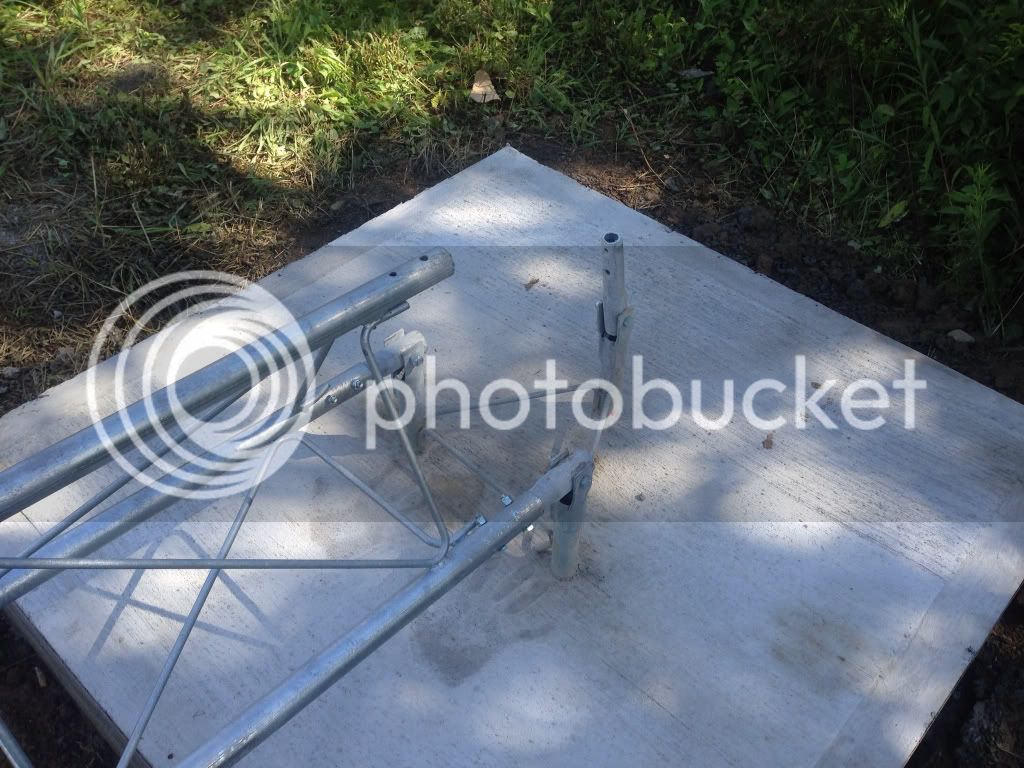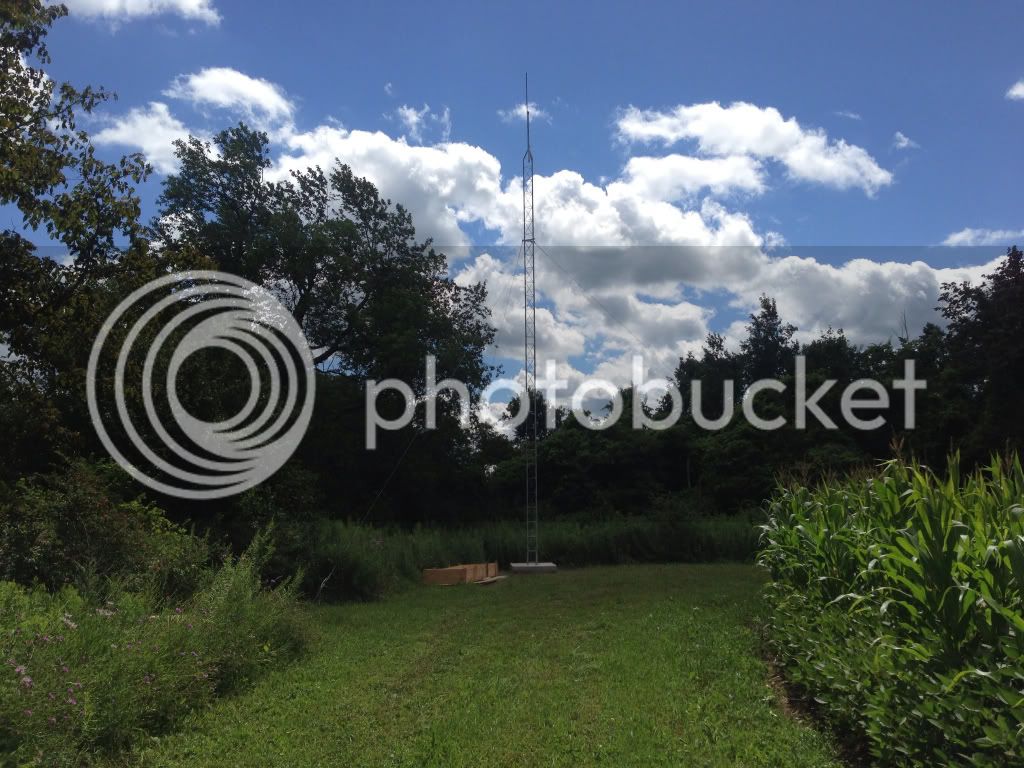My X7Ds are still running well after two full seasons. I have two I have to send back in for the crew to look at that I'm getting just daytime pics of/getting nighttime pics but they are black. I've had some corrosion issues with a couple of cams which I had fixed last year. Buckeye made threads for bolts in the back of the camera for mounting it to a tree, which I removed the threads and added the articulating tree mount from a company in the MidWest (can't think of the name off hand). The problem is that in order to get the cam to stay on the articulating arm, you had to thread the bolt really tight and this perforated the seal to the inside of the camera sometimes allowing moisture in. I've been putting desiccation packs in the cams now to help with moisture control. I also had moisture droplets collecting in the small battery enclosure which corroded some of the wiring in them last year, but now I've switched all my cams over to marine batteries which gives me a long battery life if I have a solar panel attached.
Speed for me has been no issue both on the cellular units I have (3) and PC base unit I have. The main goal for photo transmission seems to be line to line contact of the cam's antenna with your base antenna. I get better transmission in the winter if I have a cam in the woods (I'm sure since no leaves) vs. summer/spring.
Still wouldn't trade the cams for anything. I got one good buck this year and am working on a second, and my dad got two good bucks which were very much attributed to using Buckeye.
I have two friends in particular that have had so many issues with Moultrie, Bushnell and Wildgame cams and after leaving cams for two weeks find out their cam didn't take pics, pics were blurry or flash not working. The biggest downside is still cost as not everyone will or cannot spend that money on a Buckeye. However, if you can get the money and don't mind spending it, they are great units and have made my hunting more enjoyable. I recommended to my friends Reconyx or Buckeye. I still like Buckeye better just due to cellular service. I realize now Reconyx has something similar but I don't have those and am sticking with Buckeye now that I'm vested in their system.
The key is definitely to get a Buckeye system up in the off season as it's not something you'll be wanting to deal with during the Fall. There is a learning curve to installing and setting everything up. I like going big first and starting with solar panels, marine batteries, and beefing up cabling and antennas. Not that you should if you don't need it, but I've found in 90% of my situations I've needed to upgrade to bigger batteries and antennas/cabling.
Nothing that hasn't been said here before but L-com is a great website for cables and antennas. I had a big problem with connecting the thicker cables from my antenna to camera without the smaller female end on the cable from coming loose and pulling off. I then started buying pigtail cables for each camera that is very pliable and eliminates the risk of popping off the female end on the cable that connects to the antenna (<
pigtail link here .
I think trail cams are great in many locations but I've toned down the number of cams I have out. If you're not against baiting (you don't even have to hunt over it), I really feel one can have one site per 100 acres that they bait with corn and get a good idea what's on your property, what direction bucks are coming from and when they are coming and going. My point is, you can have one buckeye cam per 100 acres and probably have a pretty good system in place that will show you where and when you need to hunt. You don't have to have a cam at every funnel or every field, etc. 1 cam/100 acres makes an expensive camera not quite as expensive of a system if you have a small property.
I'm finding more and more as many on QDMA have alluded, that having a couple cams, and a couple stands and leaving the rest sanctuary is most beneficial to harvesting bucks.










